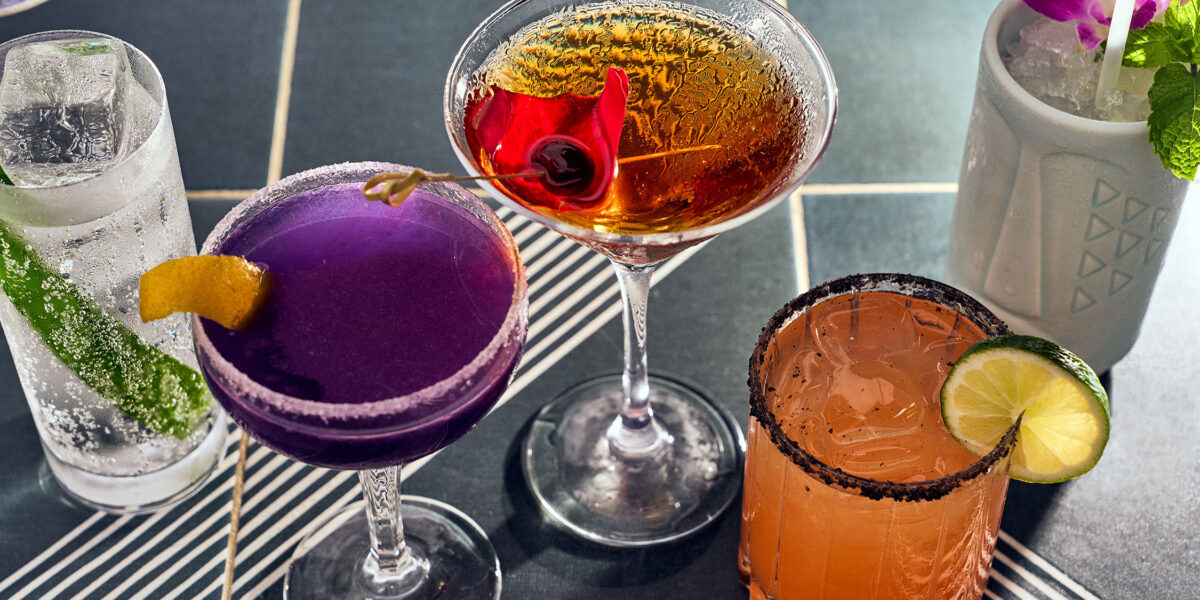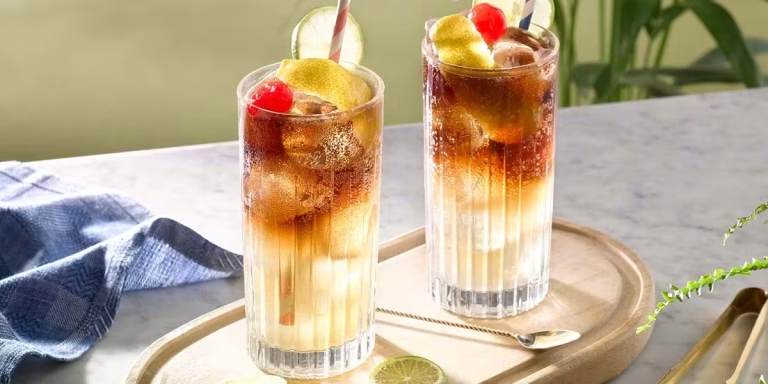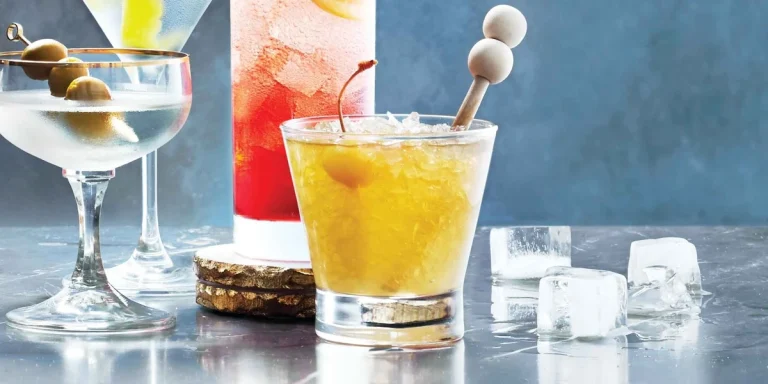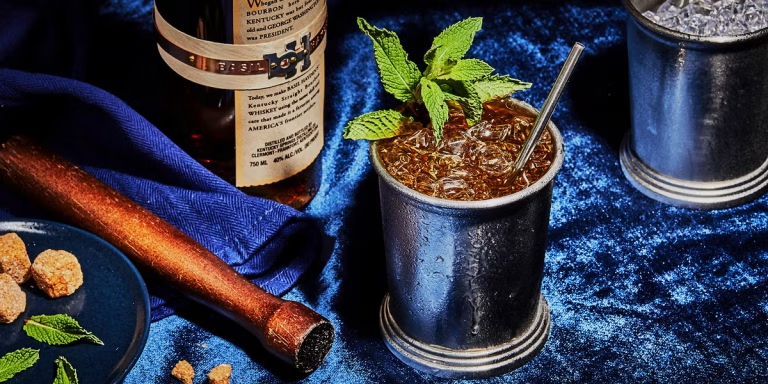The Negroni Diaries: From Bitter to Beautiful

The Negroni has never been a casual introduction to cocktails. The first sip feels sharp, bracing, and unapologetically bitter. Yet, for those who lean into it, the drink evolves into something layered, elegant, and strangely addictive. My own journey with the Negroni started with hesitation, but it turned into a love affair that deepened over countless nights at bars, late dinners with friends, and quiet evenings experimenting at home. Somewhere between those first jolting tastes and the later, smoother sips, I realized the Negroni wasn’t just a cocktail it was an experience, a story written in equal parts gin, Campari, and vermouth.
The First Encounter
When I first sat down with a Negroni, it felt like I had stumbled into a cocktail that wasn’t made to please the masses. The bright red hue was inviting, but the bitterness caught me off guard. Unlike a mojito’s minty freshness or a margarita’s citrus punch, the Negroni didn’t try to charm. It demanded patience. That bitterness lingered, forcing me to slow down and think about what I was drinking.
What struck me most, even in that initial resistance, was how the Negroni stood its ground. It didn’t compromise, it didn’t beg for approval it simply was. That boldness is what eventually pulled me back for another round. Once I adjusted my palate, I began to notice the subtleties: the herbal depth of gin, the rich sweetness of vermouth, and the sharp, almost medicinal bitterness of Campari blending into something far greater than the sum of its parts.
Why Bitterness Matters
Bitterness is often seen as the villain of flavor. People tend to avoid it, preferring sweet or citrus-forward drinks. But the Negroni taught me that bitterness is the backbone of complexity. It’s the element that slows you down, forces you to notice what else is happening in the glass, and creates balance against sweetness and strength.
Campari delivers that punch, but instead of letting it dominate, the gin and vermouth act like mediators. The gin brings botanicals juniper, citrus, spice that lift the bitterness, while the vermouth adds a subtle, almost velvety sweetness that softens the edges. The bitterness doesn’t disappear; it transforms. That transformation is where the beauty of the Negroni lies.
Crafting the Perfect Balance
Making a Negroni is simple in theory: one part gin, one part Campari, one part sweet vermouth. The real magic happens in execution. The choice of gin can tilt the balance dramatically. A juniper-heavy gin creates a sharper, more traditional profile, while citrus-forward gins bring brightness. Vermouth also shifts the tone Carpano Antica adds richness, Punt e Mes leans more bitter, and Cocchi Vermouth di Torino offers elegance and spice.
For me, the ritual of building a Negroni is almost meditative. I fill the mixing glass with ice, measure carefully, stir slowly, and strain into a glass with a fresh cube. Then comes the orange peel. Expressing those oils across the surface is like writing the final line of a diary entry it seals the experience. That peel doesn’t just look pretty; it adds aroma that mingles with every sip.
The Evolution of My Palate
What started as a struggle eventually became obsession. The Negroni trained my palate to appreciate bitterness not as something to endure, but as something to celebrate. After embracing it, I found myself gravitating toward amaros, aperitifs, and cocktails that challenged rather than comforted. Drinks like the Boulevardier or the Americano began to feel like natural extensions of my Negroni education.
Over time, I also noticed how the Negroni adapted to context. In the summer, it felt refreshing despite its intensity, the bitterness cutting through heat and humidity. In the winter, its richness felt warming, almost grounding. Few cocktails manage to straddle seasons so seamlessly, and that versatility kept me coming back.
Variations That Redefine the Drink
Once I fell in love with the original, I started branching out. The Negroni’s structure is so solid that small tweaks create entirely new experiences. A White Negroni swaps Campari for Suze and vermouth for Lillet, turning the drink into something lighter and more floral while still carrying that essential bite. The Boulevardier trades gin for whiskey, adding warmth and depth, while the Mezcal Negroni introduces smoke that lingers with every sip.
Experimenting with these variations felt like flipping through different chapters of the same diary. Each one carried the Negroni’s DNA, but each spoke in a different voice. Some nights, I craved the classic. Other times, I leaned into smoke, spice, or lighter profiles. What never changed was the way each version forced me to slow down and really taste.
Pairing the Negroni With Food
One discovery that surprised me was how versatile the Negroni became at the dinner table. That bitterness, which at first seemed so overwhelming, pairs beautifully with food. It cuts through rich dishes like charcuterie, cheese, or braised meats, while also enhancing salty snacks like olives or roasted nuts. With something light like citrus salad, it creates contrast, while with something heavy like lasagna, it resets the palate between bites.
For me, the perfect pairing has always been the simplicity of prosciutto and melon alongside a Negroni. The sweetness of the fruit, the saltiness of the ham, and the bitterness of the drink create harmony. It’s proof that the Negroni isn’t just a cocktail it’s a culinary partner.
The Social Side of the Negroni
One of the things I’ve come to love most is how the Negroni sparks conversation. When I order it at a bar, it’s not uncommon for someone nearby to comment sometimes with admiration, sometimes with skepticism. It has that effect. It’s a drink that announces itself, not quietly, but with a bold red flash and a reputation for bitterness.
Sharing Negronis with friends has also become a ritual. Some were skeptical at first, but with encouragement, they found their way into the drink’s beauty just as I did. Watching someone move from grimace to appreciation in a single glass feels like witnessing a personal transformation. The Negroni has that power it invites you into its world, one sip at a time.
Travel Memories With a Negroni
The Negroni has also become tied to my memories of travel. I’ve had them in tucked-away speakeasies, on rooftop bars overlooking city skylines, and in seaside towns where the sunset turned the glass into a jewel. Each place left a mark on the drink for me, embedding layers of memory into its already complex profile.
The most memorable one was in Florence, the city where the Negroni was born. Sitting in a bar near the Arno River, sipping a Negroni in its homeland, felt like coming full circle. The drink wasn’t just a cocktail anymore it was history in a glass, a tradition carried forward for over a century, and one I was now a part of.
From Bitter to Beautiful
The Negroni taught me that bitterness doesn’t have to be avoided it can be embraced. What began as a challenge evolved into appreciation, and ultimately, into love. Every Negroni I’ve had since tells a story: of patience, of balance, of flavor that demands attention.
From bitter beginnings to beautiful endings, the Negroni diaries continue. Each glass is another entry, another chance to sit with the complexity of flavor and let it unfold. The cocktail never gets easier, but it always gets better, and that’s what makes it timeless.
Conclusion
The Negroni is more than just a drink; it’s a journey. It starts with resistance, sharp and unyielding, and ends with admiration for its balance, elegance, and character. Salt, sugar, and citrus may win over other cocktails, but bitterness is what makes the Negroni unforgettable. For me, it has become a diary written in flavor one that grows richer with every entry.
Next time a glass of red-gold Negroni sits in front of you, don’t rush it. Sip slowly, let the bitterness guide you, and see where the story takes you. You may just find that what once seemed harsh becomes something extraordinary, and in that transformation lies the beauty of the Negroni.






